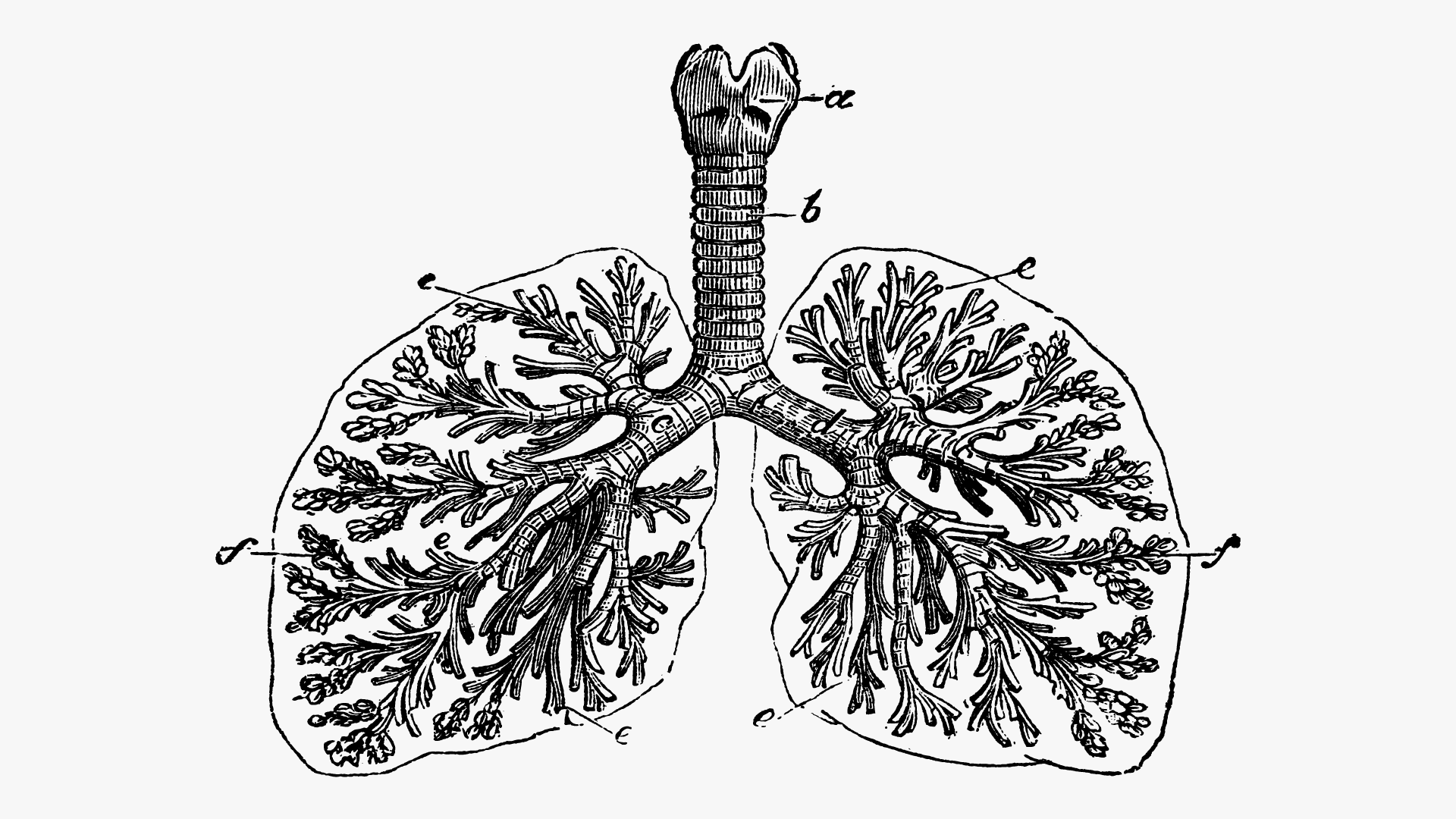The process of generating proteins from genes is akin to a factory, where workers follow a set of instructions that, ideally, are effective and clear. But for some people who suffer from cystic fibrosis (CF), one of their genes has a mutation that results in confusing instructions for making the protein CFTR. The mutation inserts a stop sign in the wrong place, leading cells to make little to none of the protein. Without functional CFTR, patients have thick mucus in their lungs and difficulty getting nutrition from food. Cold Spring Harbor Laboratory Professor Adrian Krainer and his former graduate student Young Jin Kim, an M.D.-Ph.D. student at Stony Brook University, have discovered a way to modify the message containing the instruction for CFTR, forcing the protein-making machinery to skip over this “stop sign” mutation, which allows a functional version of the protein to be made. They hope their new approach, using a specially designed RNA therapeutic, can contribute to the development of new treatments for CF patients with this mutation.
“There is a significant unmet therapeutic need for patients with this type of mutation,” says Kim. “Many mutations in the CFTR gene are not responsive to drugs used to treat CF.” Other efforts haven’t been especially effective. Encouraging all genes to plow through stop signs or cutting back on processes that break up messages from genes with unwanted stop signs have unintended side effects.
Krainer and Kim’s genetic manipulation deploys two antisense oligonucleotides (ASOs), one on either side of the segment that contains the stop sign mutation. In cultured human bronchial cells that express the stop sign mutation, Krainer and Kim set a detour, directing the cell to skip the wrong instruction and complete the rest of the protein. The technique does not need to work all the time in every cell, nor does the CFTR need to be a perfect protein. Krainer explains:
“We can show that this version of the protein has some activity. In cystic fibrosis, there’s been a lot of work, and so there were many reasons to believe that you don’t need to go to a hundred percent of the normal protein level, that somewhere between 10% and 30% would be substantially beneficial.”
The researchers plan to refine the ASO technique for CF systems beyond the Petri dish. They hope to progress toward clinical studies, following a path similar to the one that led to the first FDA-approved treatment for the genetic disorder SMA (spinal muscular atrophy).
Written by: Daniel Dunaief, Science Writer | publicaffairs@cshl.edu | 516-367-8455
Funding
National Institutes of Health, Emily’s Entourage, National Cancer Institute
Citation
Kim, Y.J., et al., “Exon-skipping antisense oligonucleotides for cystic fibrosis therapy”, PNAS, January 18, 2022. DOI: 10.1073/pnas.2114858118
Principal Investigator

Adrian R. Krainer
Professor
St. Giles Foundation Professor
Cancer Center Program Co-Leader
Ph.D., Harvard University, 1986
